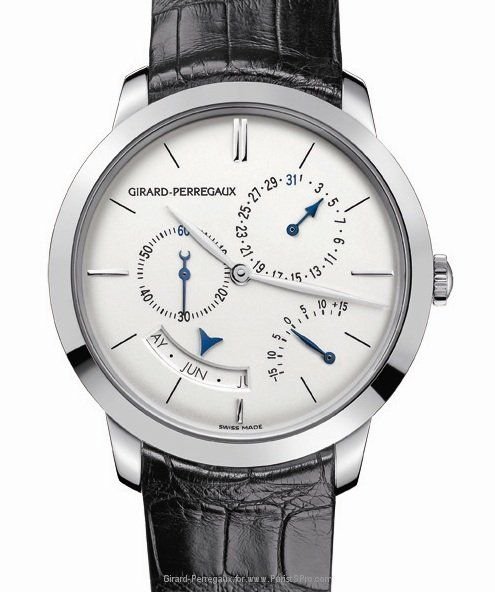
Girard-Perregaux 1966 annual calendar and equation of time: if you prefer the sun to the moon!

The 1966 range reminds us of the glorious chronometric past of Girard-Perregaux.
In 1966 Girard-Perregaux presented the first high frequency calibre beating at 36000 vph, fitted in the Gyromatic HF. This calibre created in-house by the Girard-Perregaux research and development team brought exceptional timing results and as a matter of consequence lead the State Council of the Canton to attribute to Girard-Perregaux the Centenery Prize of the Neuchatel Observatory. In fact the first production series Gyromatic HF watches sent to the chronometric competitions were confronted to specially prepared competitors.
In 1967 Girard-Perregaux received 662 certificates of chronometry from the Neuchatel observatory, i.e. 73% of those delivered in the classical wrist watch category.
The following years saw the Girard-Perregaux team develop their first quartz calibre and settle the 32 768 Hz frequency that is still used today. But that’s another story…..
The simple elegance of the 1966 range is a tribute to such precision timing but the range has expanded to complications.
For last year’s SIHH Girard-Perregaux presented a new iteration of this 1966 range. The annual calendar and equation of time 1966 in pink gold was then followed this year by a white gold version. I wanted to share with you some technical aspects of this watch that I find to be particularly appealing by its combination of usefulness (the annual calendar with the indication of the date and the month) and poetry (the equation of time showing the slight difference between the true solar time and the mean time).

Last year many of us were instantly appealed by the simple beauty of this watch, by its perfectly balanced dial exhibiting smartly its multiple indications.
I was even more attracted this year by the white gold version that IMO represents even better the simplicity of the realization of this complex watch.
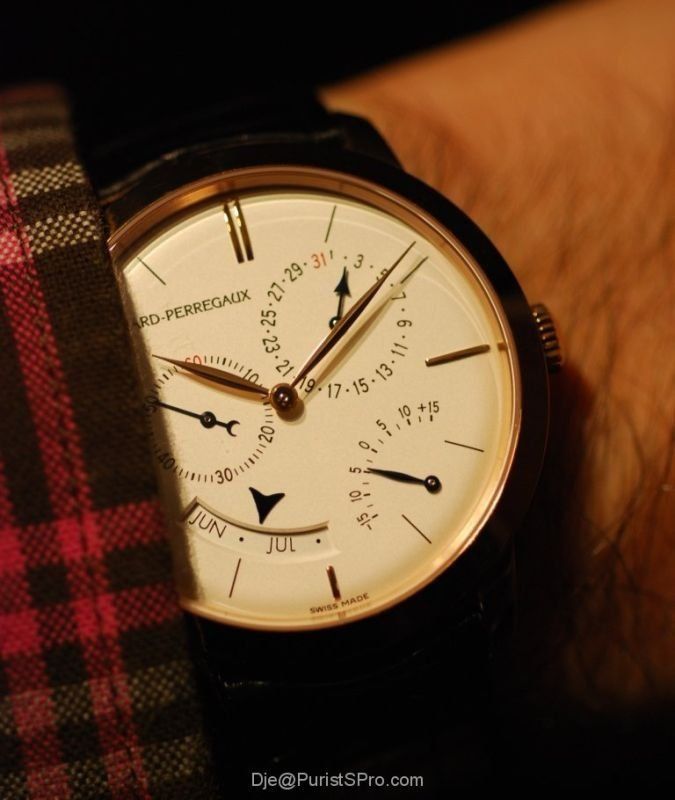
So who here loves the sun and wants to forget the moon?
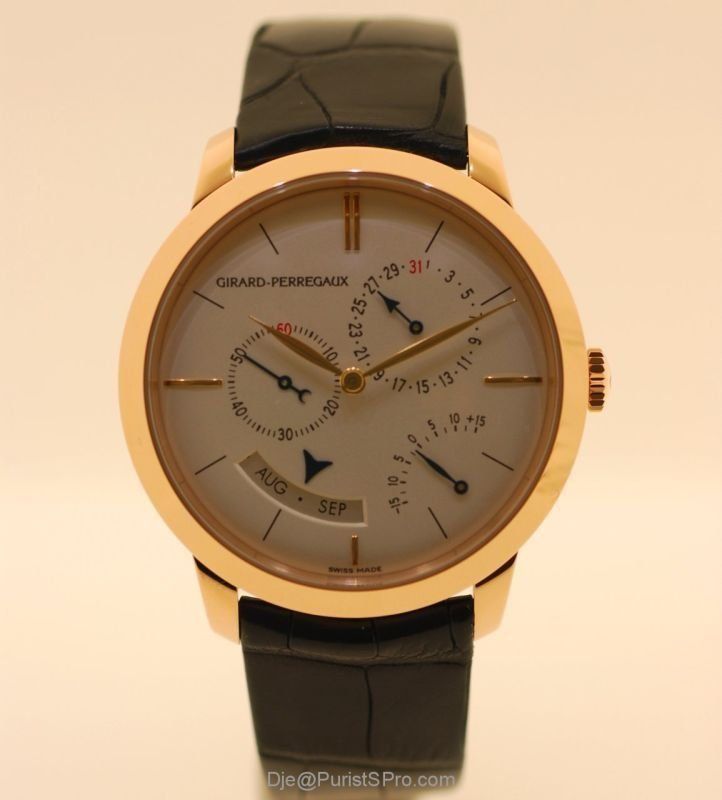
You may notice already that if many calendars are not easy to read, this one is very legible. We often see watches indicating the day and date, or the day, date and month, but rarely do we see calendars indicating the date and month. With only these two indications the reading is much easier.
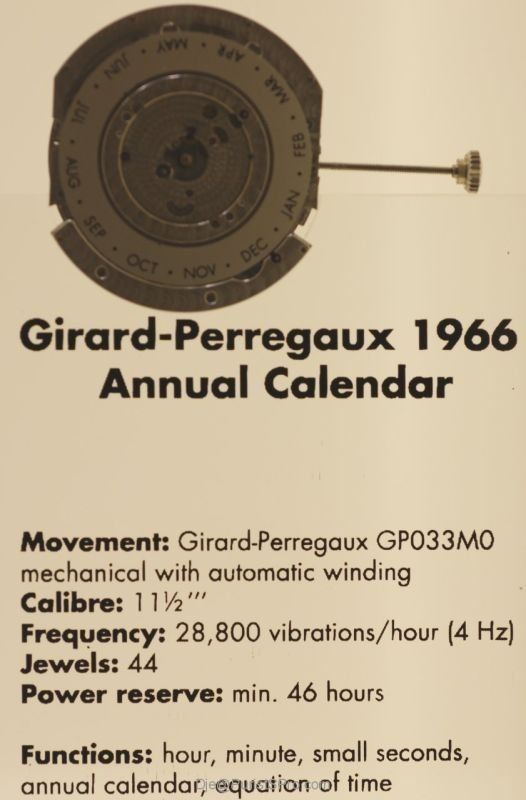
As the watch is an annual calendar the date and month have to be corrected only once a year (and only three years out of four) at the end of February when the year is not a leap year. I have to add that the correction is done only through the crown. This watch has no corrector on the beautifully rounded case. Purity to its top.
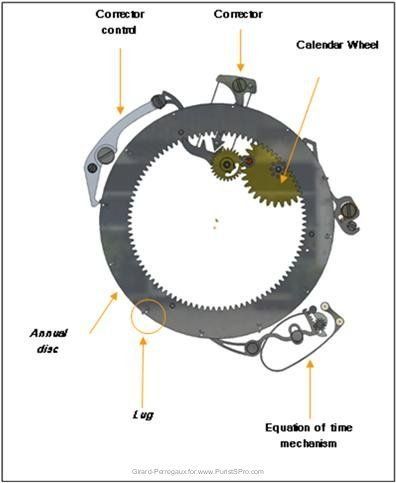
The genius on this watch is visible on the picture above. The annual disc does one turn in a year, indicating directly the month and correcting the length of the months (28, 29, 30 or 31 days) through a device located on the upper part of the disc. At the end of the month the corrector control is moved by a lug on the annual disc. Depending on the impulsion given the corrector adapts the indication to the length needed. I love the genius behind this implementation.

That lets us the equation of time mechanism on the lower part of the annual
disc.
As written above the equation of time indicates the difference the true solar time and the mean time, or meridian time. This difference is the consequence of the fact that the length of a solar day varies daily due to the elliptical shape of the Earth’s orbit.
The permanent indication of the equation of time is given through the use of an equation of time cam that is located below the annual disc (above in red). So the red disc, or cam, replaces the “potato” cam we’re used to see on EOT watches.
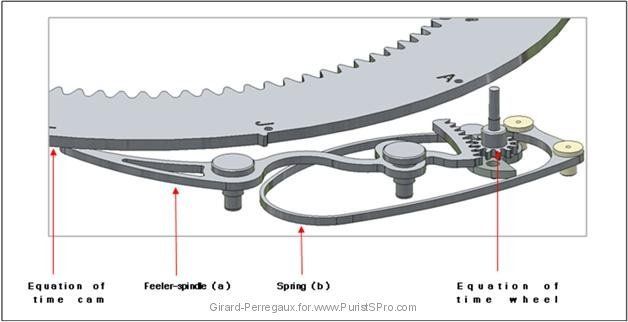
A feeler-spindle applied on the equation of time cam by a spring directly rotates the equation of time wheel where the equation of time hand is fixed.
As the annual disc and the equation of time disc are fixed together the equation of time is always settled if the calendar is. It can’t be simpler to use. Convinced?
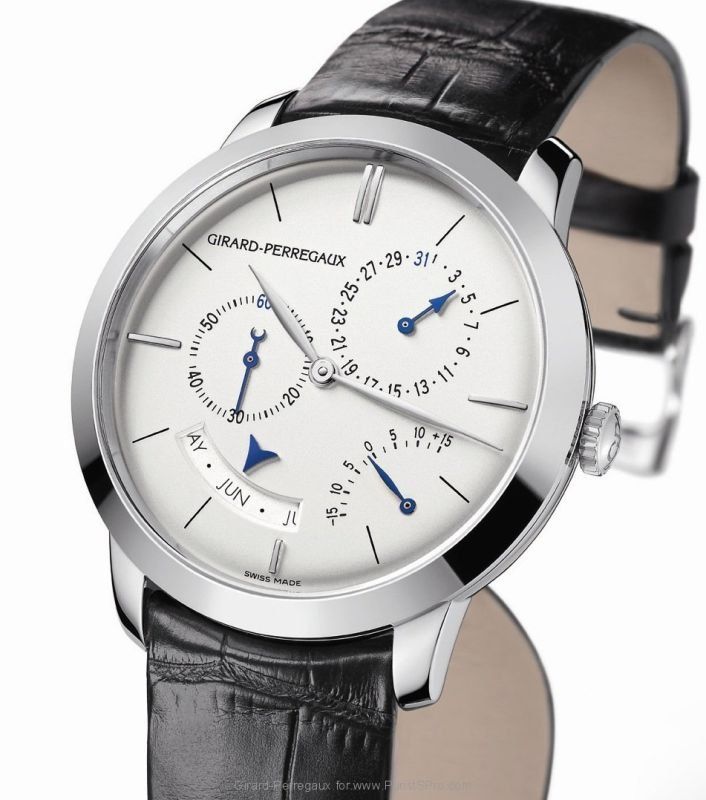
I wondered what is taking place for the equation of time at the end of February.
We generally read or understand that the equation of time is a constant figure
for a precise date. In fact the equation of time at a certaion date is given by
the analemma,
“ a curve representing
the angular offset of the Sun from its mean position on the celestial sphere as
viewed from Earth” and this analemme slowly changes over the
centuries.
So the equation of time at each date is not really the same every year, but changes so slowly that it is considered as the same at the level of our short lives…… Consequently we can assume that the precision that can be given by a hand on a dial for the equation of time offsets the imprecision of the concept. The poetry remains!
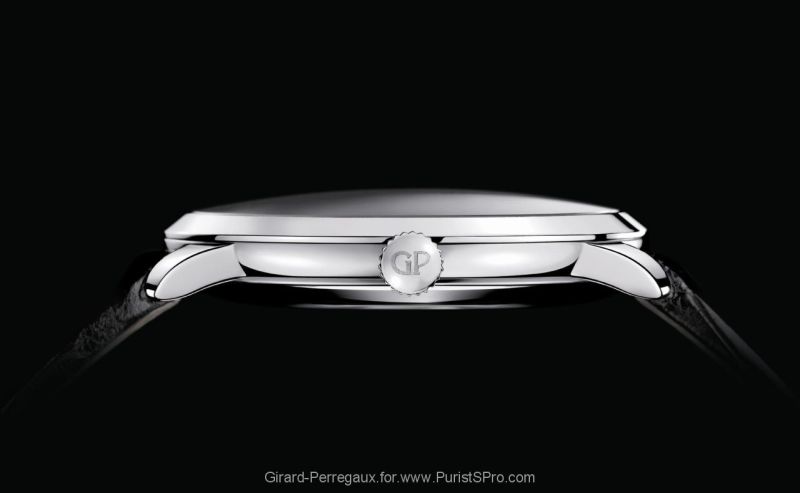
This 1966 annual calendar and equation of time has a third characteristics that is a direct tribute to the chronometric glory of the Gyromatic HF.

You may not notice on the dismantled calibre above the special balance. You’ll see it better below.
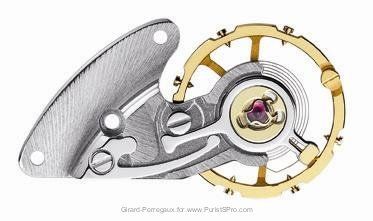
This watch is the first Girard-Perregaux using a new proprietary balance called Microvar. This Glucydur variable inertia balance has six adjustable gold screws used to set the balance’s equilibrium and general setting of the rate, and two Glucydur balance weights on its rim that enable fine adjustment of the movement rate (range +/- 40 seconds per day). It also has an eccentric for fine adjustment of the beat.
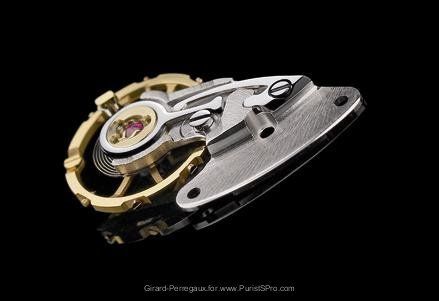
This gorgeous watch has a 40mm case and a thickness of 10.72mm, a moderate size by today’s extreme standards.
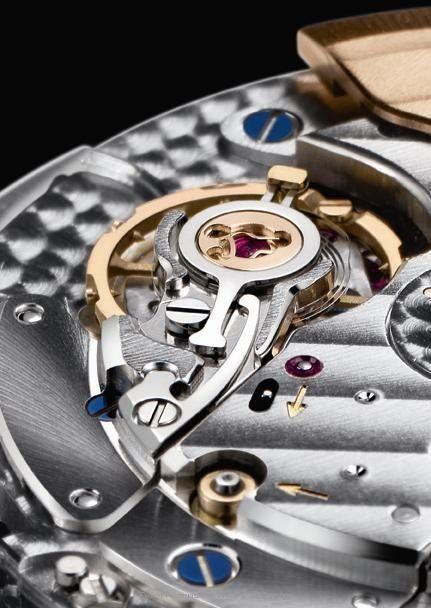
I can give just one advice: give you a chance to go and try on this watch, you won’t regret it!
Cheers
Dje
This message has been edited by Dje on 2010-05-10 13:20:49 This message has been edited by Dje on 2010-05-10 13:22:43 This message has been edited by Dje on 2010-05-13 22:58:34









Next Article
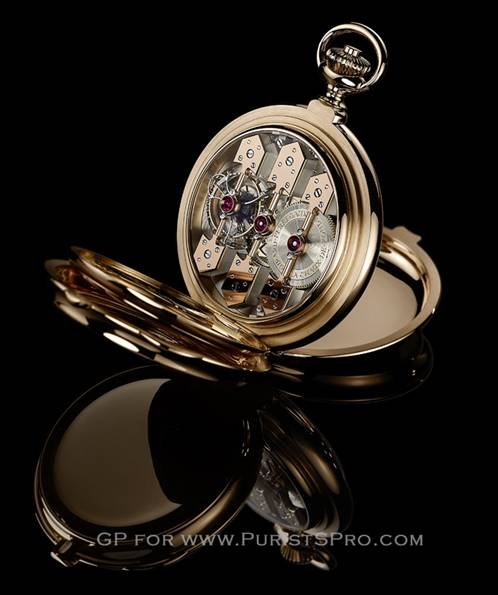

Girard-Perregaux Tourbillon with Triple Gold Bridges Pocket Watch

© 2017 - WatchProZine